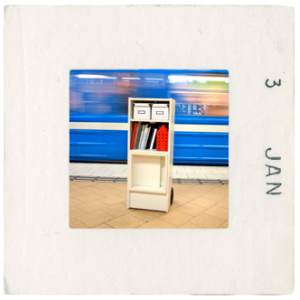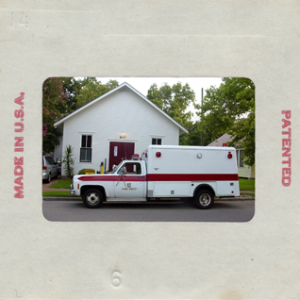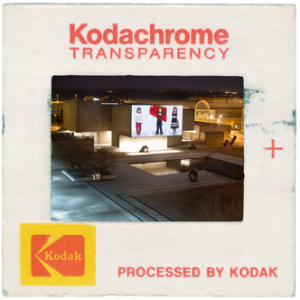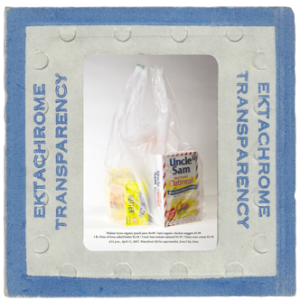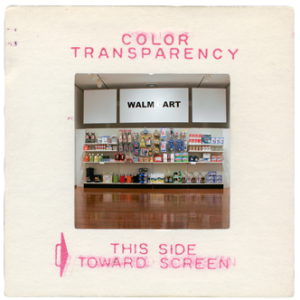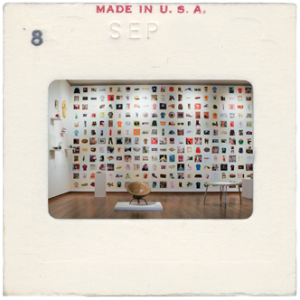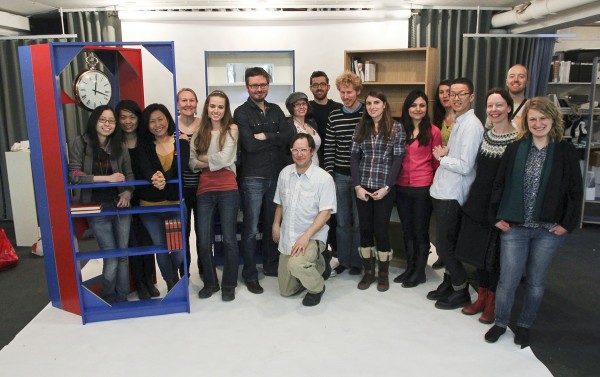
Opening the Flatpack: Ethnography, Art, and the Billy Bookcase
Opening the Flatpack is a research/art project that explored the cultural significance of a specific object, namely IKEA’s Billy Bookcase. Fifty years ago, IKEA opened its first store in Älmhult, Sweden. Today, it operates 278 stores in 35 countries and is the largest manufacturer of furniture in the world; its founder, Ingvar Kamprad, is one of the richest men in the world. IKEA: a brand synonymous with affordability, mobility and functionality, introduced the Billy Bookcase – the quintessential item of flatpack furniture – in 1978, and has sold more than 28 million units worldwide since.
In his book The Shock of the Old: Technology and Global History Since 1900, David Edgerton argues against our attraction to novelty and “high-tech” in innovation and design. Instead, we should direct our sights towards what Edgerton terms the “invisible world of technologies” that people actually use, many of which have served the poor and middle class more than the wealthy. The condom and the sewing machine, corrugated metal and flat-pack furniture. Forget bioscience and nanotech, writes Edgerton, “Think of cheap PCs, mobile phones and IKEA furniture. Mass production is now so common it is invisible.” IKEA directly and indirectly employs more than a million people selling wooden furniture. This global triumph of “old” technology yields a compelling yet unexplored picture of the substantive relationship between human beings and their tools, technologies, and culture.
Co-organized by artist and author John D. Freyer (University of Iowa and 2011 Fulbright Fellow) and anthropologist Johan Lindquist (Stockholm University), in collaboration with design and architecture firm Uglycute, Opening the Flatpack investigated and developed methods for approaching the Billy Bookcase; an object that is pervasive in everyday life but rarely taken seriously as a site of conceptual concern. Following Edgerton’s lead, and using multimedia and interdisciplinary approaches drawn from the disciplines of art, anthropology and economics, the Opening the Flatpack project and course explored the global reach of IKEA through the lens of this humble domestic object: the top-selling bookcase in the world.
In an attempt to disturb institutional boundaries and generate novel forms of inquiry the course brought together art and anthropology from 13 countries students who conducted research on how the Billy Bookcase is produced, circulated, and, in particular, how it is used in everyday life. Readings on IKEA, from anthropology and art and social theory, were combined with lectures and discussions with invited guests. In particular, students were asked to conduct ethnographic investigations and interviews, while documenting the Billy Bookcase in and across Stockholm.

